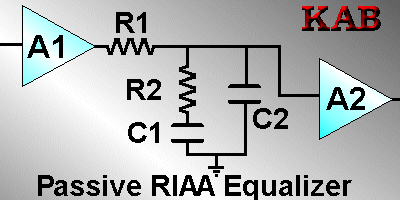solderdude
Grand Contributor
The high voltages are not for obtaining increased overload capabilities. Phono front ends using parallelled MOSFETs or BJTs will operate at high voltages to run the devices in their most linear area.
This pre-amp has regular opamps in it.
The high voltage is internally 'substantially lowered' acc. to the manufacturer.
By the looks of it using 2 zeners ?
Yep, that's what I said.Ticks and pops may or may not be better served with less of a swing in any case, depending on how the stage clips and recovers when overloaded.
Last edited:


